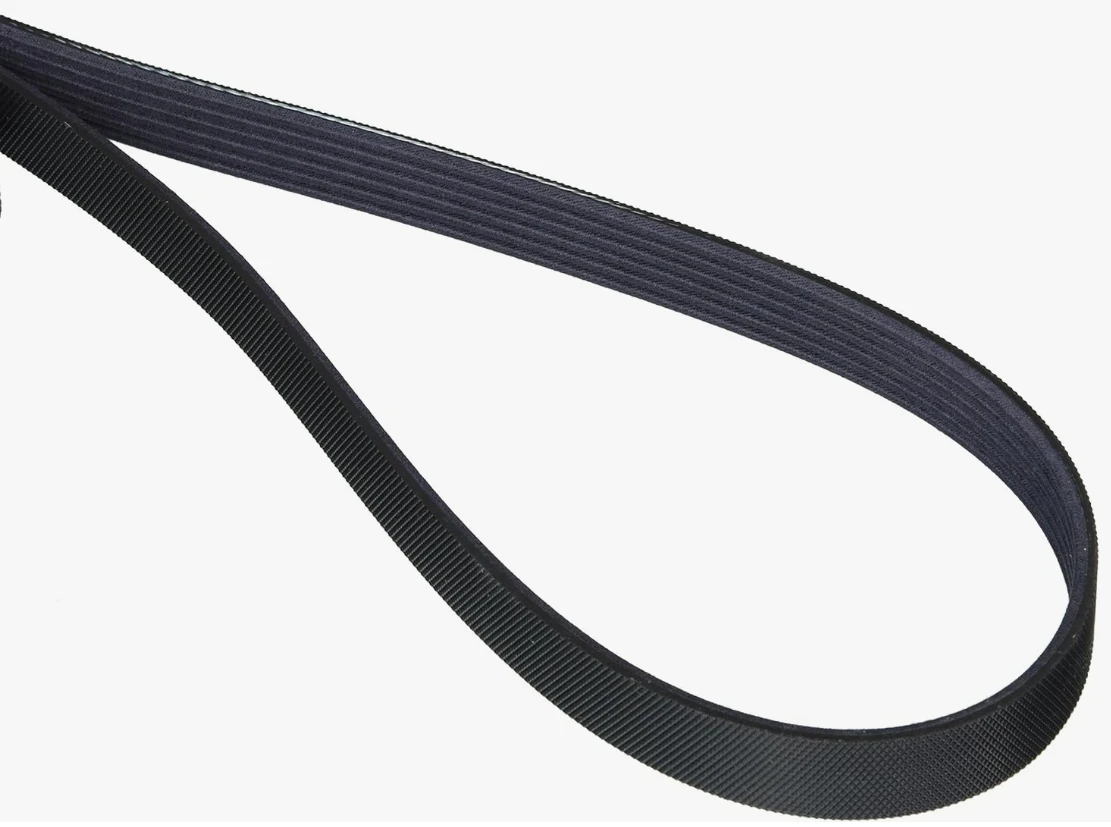- Arabic
- French
- Russian
- Spanish
- Portuguese
- Turkish
- Armenian
- English
- Albanian
- Amharic
- Azerbaijani
- Basque
- Belarusian
- Bengali
- Bosnian
- Bulgarian
- Catalan
- Cebuano
- Corsican
- Croatian
- Czech
- Danish
- Dutch
- Afrikaans
- Esperanto
- Estonian
- Finnish
- Frisian
- Galician
- Georgian
- German
- Greek
- Gujarati
- Haitian Creole
- hausa
- hawaiian
- Hebrew
- Hindi
- Miao
- Hungarian
- Icelandic
- igbo
- Indonesian
- irish
- Italian
- Japanese
- Javanese
- Kannada
- kazakh
- Khmer
- Rwandese
- Korean
- Kurdish
- Kyrgyz
- Lao
- Latin
- Latvian
- Lithuanian
- Luxembourgish
- Macedonian
- Malgashi
- Malay
- Malayalam
- Maltese
- Maori
- Marathi
- Mongolian
- Myanmar
- Nepali
- Norwegian
- Norwegian
- Occitan
- Pashto
- Persian
- Polish
- Punjabi
- Romanian
- Samoan
- Scottish Gaelic
- Serbian
- Sesotho
- Shona
- Sindhi
- Sinhala
- Slovak
- Slovenian
- Somali
- Sundanese
- Swahili
- Swedish
- Tagalog
- Tajik
- Tamil
- Tatar
- Telugu
- Thai
- Turkmen
- Ukrainian
- Urdu
- Uighur
- Uzbek
- Vietnamese
- Welsh
- Bantu
- Yiddish
- Yoruba
- Zulu
Dec . 11, 2024 12:13 Back to list
car engine belt
Understanding Car Engine Belts An Essential Component of Your Vehicle
When it comes to automotive maintenance and repair, the engine may be the first thing that comes to mind. However, a significant, yet often overlooked, component of the engine's operation is the engine belt. These belts play a crucial role in ensuring that your vehicle runs smoothly and efficiently. Understanding the function, types, and maintenance of car engine belts can help you maintain your vehicle and prevent potentially costly repairs.
The Function of Engine Belts
Engine belts serve multiple purposes, the most common being the power transmission from the engine to various components of the car. The primary belt in most vehicles is the serpentine belt, which drives multiple peripheral devices. These can include the alternator, power steering pump, water pump, air conditioning compressor, and more. The serpentine belt is designed to be a single, continuous loop that winds around multiple pulleys, allowing for the efficient transfer of power across several systems.
Another type of belt found in some vehicles is the timing belt. Unlike the serpentine belt, the timing belt is critical for synchronizing the rotation of the crankshaft and camshaft. This ensures that the engine's valves open and close at the correct times in relation to the position of the pistons. Generally made from a rubber material reinforced with fiber, the timing belt is subject to significant stress due to high temperatures and mechanical strain.
Types of Engine Belts
1. Serpentine Belt This is a long belt that snakes around various pulleys and is responsible for powering multiple accessories. It is tensioned by either an automatic tensioner or a manual one. Signs of wear on a serpentine belt may include cracks, fraying, or a squealing noise.
2. Timing Belt As mentioned, this belt is essential for timing the engine’s operation. It usually requires replacement every 60,000 to 100,000 miles depending on the manufacturer’s recommendations. Failing to replace a timing belt can result in severe engine damage.
3. V-Belts These are the older type of belts that have a V-shaped cross-section. They are typically used in older vehicles to drive accessories. They are being phased out in favor of the more efficient serpentine belts.
Maintenance and Replacement
car engine belt

Regular maintenance of engine belts is crucial for the longevity of your vehicle. This includes routine inspections to check for signs of wear and tear. Mechanics typically look for cracks, fraying, or swelling, which indicate that a belt may need replacement. In addition, listening for unusual noises such as squealing can also be a good indicator that a belt is in distress.
For serpentine belts, the recommended replacement interval is generally between 60,000 to 100,000 miles. However, this can vary based on driving conditions and the vehicle's make and model. Timing belts, on the other hand, are more critical; neglecting to replace a timing belt as per the service schedule can result in catastrophic engine failure.
Common Signs of Engine Belt Problems
Recognizing the signs of a failing belt can save you time, money, and trouble. For serpentine belts, you might notice
- Squealing or chirping noises This often suggests wear or misalignment. - Dashboard warning lights Some cars will trigger warnings related to the charging system or other accessory issues if the belt has failed. - Visible signs of damage Cracks, frays, or missing sections are clear indicators that a belt needs to be replaced.
For timing belts, symptoms may include
- Engine misfires If the belt is worn out, it may not maintain synchronization between the crankshaft and camshaft. - Difficulty starting the engine A snapped timing belt can prevent the engine from starting altogether. - Oil leakage As the timing belt begins to fail, it can cause leaks in the adjacent seals or components.
Conclusion
Understanding engine belts and their vital role in your car's functionality can empower you as a vehicle owner. Regular inspections and timely replacements can help avoid unexpected breakdowns and costly repairs down the road. Keep an ear out for unusual noises and take preventative measures to ensure the smooth operation of your vehicle, ultimately leading to a safer and more efficient driving experience. Remember, taking good care of your engine belts is an investment in your vehicle’s longevity and performance.
-
Upgrade Power Steering Pump Belt for Smooth, Quiet Operation
NewsAug.27,2025
-
Precision Timing Belt & Chain: Engine Performance & Durability
NewsAug.26,2025
-
Precision Lathe Drive Belts: Durable & Reliable Performance
NewsAug.25,2025
-
84.5 Serpentine Belt: Durable & Precision Fit for Your Engine
NewsAug.24,2025
-
Premium Ribbed Drive Belts for Quiet Power Transmission
NewsAug.23,2025
-
High-Performance Vehicle Timing Belt for Engine Precision
NewsAug.22,2025

